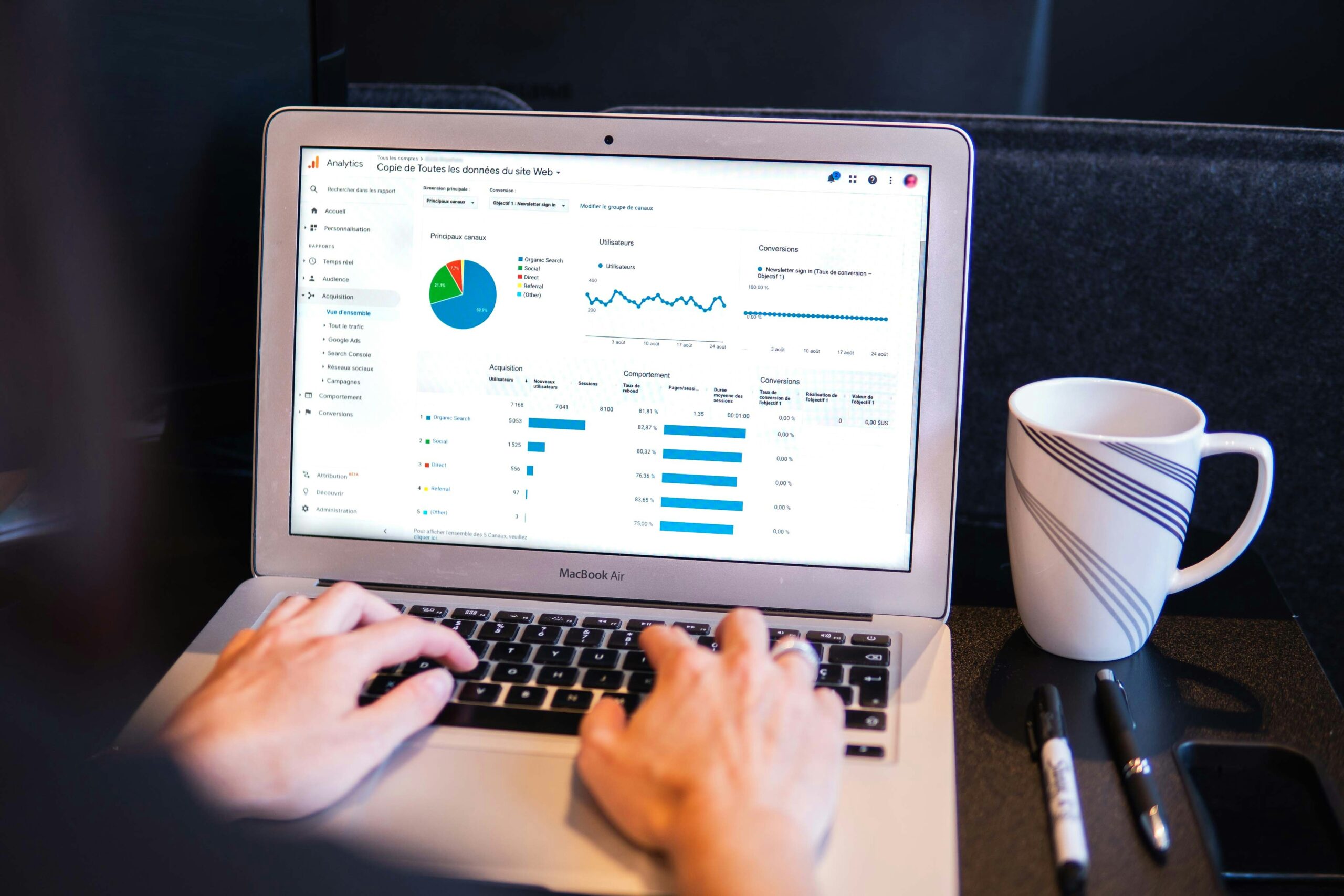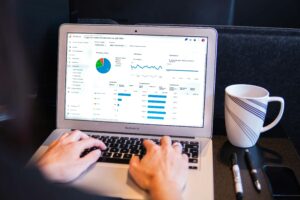Data analysis is the process of analysing data to get more insight into the dataset, which helps you make more informed decisions for your organisation.
Analyzing data is very important for any business and organization, as it helps uncover many secrets about your data and make sense of it. In this 21st century, data is like gold. Everything we do is day; in fact data is everywhere, and it can help transform your business and personal life if used correctly. This is where analysis comes into play. Analyzing data helps you filter your data and take the useful ones.
What are the 5 steps of data analysis?
There are 5 steps used in data analysis. These steps are also referred to as data analysis workflow. They are:
- Problem statement
- Data collection
- Data cleaning
- Analyze data
- Data visualization
Let’s take a brief look at these 5 steps:
- Problem statement: this is the process of defining the problem you want to solve. For every analysis being performed on a dataset, there is a goal in mind that you want to achieve. So you must define the goal, as that is what will guide you; in fact, it helps you determine the type of data you should look for in your dataset, so this is very important before you start exploring your data
- After defining your goal, the next step is data collection. Data collection is the process of collecting data from various sources. It can even be in your company, It can be web events, customer data, financial transactions, surveys, cameras, and smartwatches. These data are mostly stored in the company’s relational database, also known as RDB for short.
- Data Cleaning: After collecting data from different sources, no doubt there will be errors in this data. The most common errors usually faced are duplicate data, incorrect spellings, and so on. This is the stage where these errors are corrected.
Data cleaning is the process of making sure your data is accurate. The importance of accurate cleaning of data can not be overemphasized, as this determines whether your analysis is correct or not. Without properly cleaning your data, your result will definitely be wrong, no matter how beautiful your dashboard is, In fact, as a data analyst, over 60 per cent of your time will be spent on cleaning your dataset when working on a project.
- Analyzing data: Now that the problem statement has been defined, the dataset has been collected and cleaned, and the next stage is performing data analysis. This is where the magic happens. In this stage, we explore our dataset to reveal the insight which helps us make more informed decisions.
This can be done using tools like Microsoft Excel, Microsoft PowerBI, Tableau, Python, SQL, and so on. - Data Visualization:
Data visualization is the practice of creating visual representations of data using charts, graphs, maps, and other graphical elements.
Data visualizations play a crucial role in data analysis by efficiently presenting complex information graphically, allowing for quick comprehension of large datasets.
Common types of data visualizations include bar charts, line graphs, scatter plots, heat maps, treemaps, and geographic maps. The choice of visualization depends on the nature of the data and the specific insights one wishes to convey.
Nearly every one of carry out data analysis in our daily lives. Though it might not be at a professional level we do. This can be before making a purchase, during purchase and after purchase. Sometimes after shopping online or at the mall, you want to know how your money was spent, which products cost you more, which product is more important to you etc, my friend is data analysis of your shopping list.
Another example is a company analysis of sales data to determine the monthly average sales over the past year.
Conclusion
Data analysis if done correctly is very powerful and can help uncover many hidden insights which help in making more informed fact-based decisions which can improve your business and also help you live a better life.
Becoming a good data analyst like every other profession requires practice, and following the above steps will help you get better.
Please leave a comment if you have any questions

